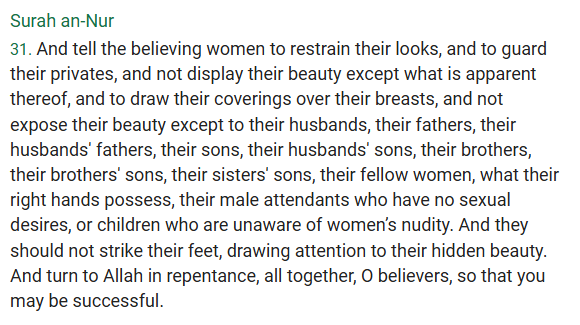Why is it mandatory/sacred for most religions to have their followers cover their heads?


Hello,
Sign up to join our community!


Sign up to join our community!


Please sign in to your account!
Lost your password? Please enter your email address. You will receive a link and will create a new password via email.
Please briefly explain why you feel this question should be reported.
Please briefly explain why you feel this answer should be reported.
Please briefly explain why you feel this user should be reported.
Covering the head, especially for women in Islam, is sacred, because it is ordered directly by God through verses of the Qur’an.
In Islam, covering the head—especially during prayer—is a sign of humility and respect. Since prayer is a direct meeting with God, we are encouraged to appear with modesty and reverence. The hijab, in this context, is more than just a covering—it’s a symbol of spiritual devotion, especially in sacred moments like worship.